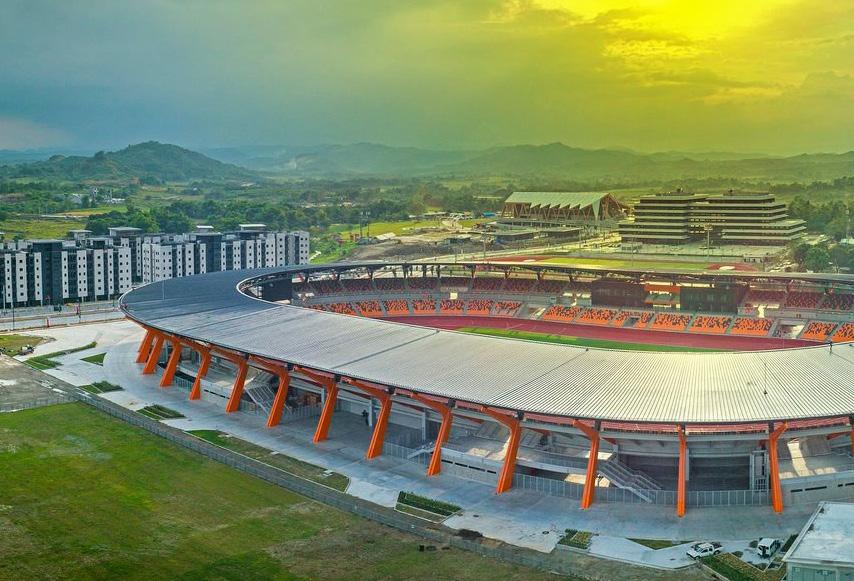
2 minute read
WELCOME TO CLARK
by BCDA
he 32,000-hectare Clark Freeport and Special Economic Zone stretches across five cities and municipalities in two provinces: Angeles, Mabalacat, and Porac in Pampanga, as well as Bamban and Capas in Tarlac.
Clark began as an airstrip—called Clark Field, after US Army Major Harold M. Clark—outside what was then Fort Stotsenberg in Sapang Bato, Angeles City, Pampanga. Today, the sprawling metropolis designed for efficiency, connectivity, and accessibility. From bicycle lanes and walkable open spaces to reliable mass transportation, everything built in the city is in service of a better living and working experience. The overall well-being of Clark’s inhabitants is the basis for its blueprint, which in turn inspired its tagline, “It Works. Like A Dream.”
Clark comprises four main districts: the Clark Freeport Zone, which features infrastructure from the city’s early developmental stages in the ’90s; Clark International Airport, located within the Freeport Zone; the sustainable and disaster-resilient New Clark City, which hosted the 30th Southeast Asian Games in its state-of-theart Athletics Stadium and Aquatics Center; and Clark Global City, a modern business district where multinational companies from the US, Japan, Taiwan, and Korea, among others, have set up shop.
From city parks to sports facilities, Clark offers plenty of diverse, engaging attractions for visitors of all ages. Family-friendly highlights include Dinosaurs Island, the Clark Museum and 4D Theater, and the 10-hectare Aqua Planet water park.
Clockwise from top: Sacobia Bridge, New Clark City’s Athletics Stadium, and Clark Parade Grounds


Getting to Clark
BY CAR There are a few options for private cars headed to Clark. From Metro Manila, take the North Luzon Expressway (NLEX), then either exit at Dau or continue on to the Subic-Clark-Tarlac Expressway (SCTEX) and exit at Clark North or Clark South. From Subic, Tarlac, Baguio and other provinces in Central and Northern Luzon, the SCTEX provides the shortest and most efficient connection to Clark.
BY BUS From Manila, point-to-point (P2P) buses to Clark International Airport originate from the Ninoy Aquino International Airport (Terminal 3), with stops at the Robinsons Galleria and TriNoma shopping malls. The direct bus ride takes less than two hours. Philtranco also offers bus services between Manila and Clark, while Victory Liner operates buses between Subic and Clark, as well as between Dagupan and Clark. Or, take a northbound provincial bus that will let you disembark at the Dau common terminal in Mabalacat. From there, jeepneys and tricycles can take you to the Clark gate.
BY AIR Clark International Airport services several domestic and international flights. Find current flight schedules on clarkinternationalairport.com.










